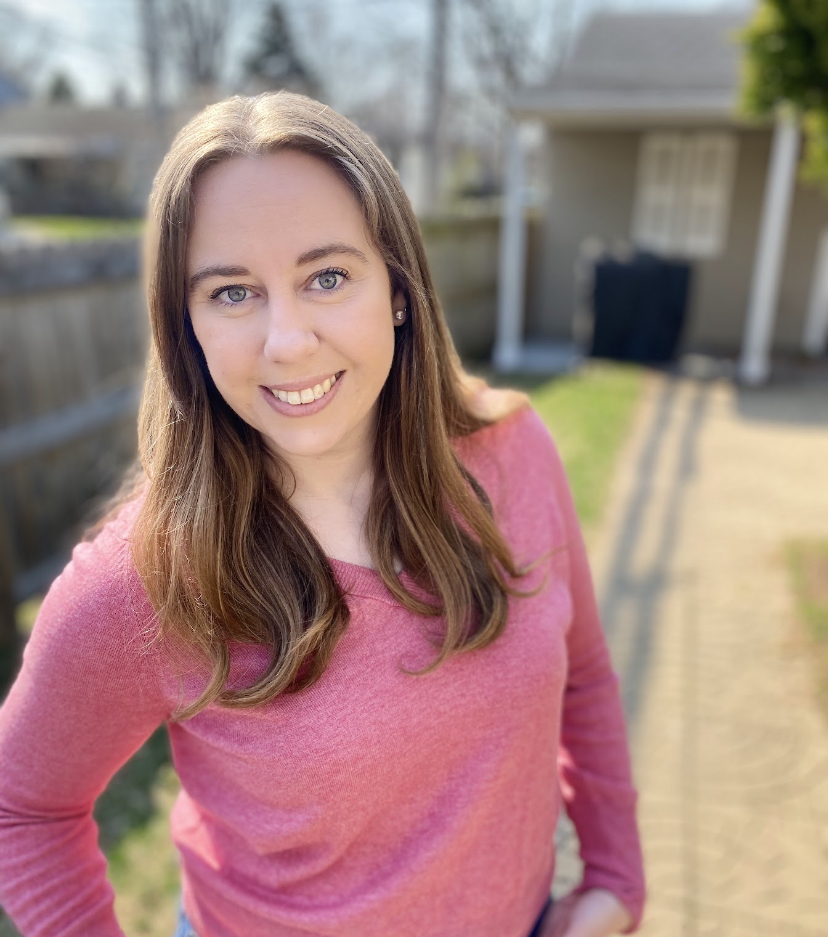Longarm Machine Terms for Long arm Sewing Machine Quilters
- Tori McElwain
- Sep 20, 2024
- 4 min read
Updated: Oct 7, 2024
Longarm quilting, much like quilting in general, comes with its own unique set of terms and techniques. If you're familiar with your domestic sewing machine, you'll notice some overlap, but longarm sewing machines introduce distinct vocabulary and tools. Whether you're new to longarm quilting or looking to brush up on the basics, this guide will help you understand the essential terms and tools.
Essential Longarm Machine Terms
Understanding the parts and features of your longarm machine is crucial for mastering longarm quilting. Here are some key terms to know:
Hopping Foot
The hopping foot is a vital component of a longarm quilting machine. This small foot moves up and down with each stitch, "hopping" over the quilt layers to guide the needle. The hopping foot ensures that the fabric remains flat and secure while quilting, helping to create even stitches. It's particularly important when doing ruler work or intricate designs.

Needle Bar
The needle bar holds the sewing needle in place and moves up and down to create stitches. On a longarm machine, the needle bar is designed to handle the heavy-duty work of quilting through multiple layers of fabric and batting. It's essential to ensure that the needle bar is properly aligned and maintained to achieve consistent stitch quality.
Tension Assembly
The tension assembly on a longarm machine controls the tension of the thread as it passes through the machine. Proper tension is critical for creating balanced stitches that don't pucker or skip. Understanding how to adjust the tension assembly can significantly impact the quality of your quilting, especially when working with different types of thread or fabric.

Frame
The frame is the structure that holds your quilt in place while you work. Longarm quilting machines are mounted on large frames that stretch the quilt sandwich taut, allowing you to move the machine smoothly across the surface. Frames come in various sizes, accommodating different quilt sizes and room configurations. Knowing how to properly load your quilt onto the frame is key to successful longarm quilting.

Stitch Regulator
A stitch regulator is an advanced feature found on many longarm machines that helps maintain consistent stitch length, even when the machine speed or movement varies. This is particularly useful for quilters who are still mastering the art of moving the machine at an even pace. With a stitch regulator, your quilting will have a professional finish, regardless of your skill level.
Quilting Head
The quilting head is the part of the longarm machine that houses the needle, hopping foot, and other essential components. It's the "business end" of the machine, where the actual stitching happens. The quilting head is mounted on rails that allow it to move smoothly over the quilt surface, and its size and features can vary depending on the machine model.

Uptake Bar
The uptake bar is the roller that sits in the neck of your longarm quilting machine. This is where the quilt rolls onto and holds the tension of the backing, batting, and quilt top so you can advance the fabric to quilt on the next row of your piece.

Clamps
Clamps hold your quilt in place to prevent bouncing as you're quilting and pulls any puckers out by adding tension to the backing fabric (like a trampoline.) Many longarms have something like this clamp on their machines, they may look a bit different, but they serve the same purpose.

Ruler Base
The ruler base (pictured below), attaches to the machine base around the bobbin hpuding. It is used to provide a platform to use a ruler to guide your hopping foot. What I like about this is that it allows you to use a medium to large ruler by putting pressure downward, by using this ruler base it helps to hold the ruler level. It helps tremendously to reduce fatigue on your hand and arm holding the ruler.

Saddle Stool
Why do I love this stool? It allows you to sit, not stand at your machine. Because of the way it's designed, you can easily move up and down the rails to continue quilting without standing up and repositioning the stool. It saves me time and helps keep my spine aligned.

Mastering the language of your longarm sewing machine is an essential step in becoming a confident and skilled quilter. Whether you're just starting out or looking to deepen your understanding, knowing these key terms will help you navigate your longarm machine with ease and creativity. From understanding the basics like the hopping foot and uptake bar to exploring more advanced tools like ruler base and saddle stool, each term adds to your longarm quilting toolkit. As you continue to practice and experiment, these terms will become second nature, empowering you to become an expert in your machine.
Happy quilting!
Want to hear more from Darla? We'll send inspiration to your inbox, sign up here.
Want to learn how to quilt like the examples in the blog post? Learn from Darla, here!




Comments